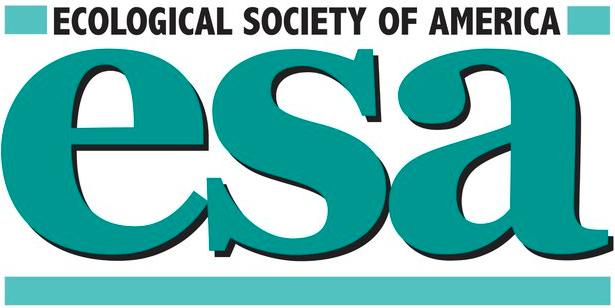Teaching Exponential and Logistic Growth in a Variety of Classroom and Laboratory Settings
Author(s): Barry Aronhime1, Bret Elderd1, Carol Wicks1, Margaret McMichael2, Elizabeth Eich3
1. Louisiana State University 2. Baton Rouge Community College 3. Rice University
1286 total view(s), 214 download(s)
Description
Ecology and conservation biology contain numerous examples of populations growing without bounds or shrinking towards extinction. For these populations, the change in the number of individuals generally follows an exponential curve. On the other hand, limited resources may keep population numbers in check and help maintain the population at the environment's carrying capacity. These density-dependent constraints on population growth can be described by the logistic growth equation. The logistic growth equation provides a clear extension of the density-independent process described by exponential growth. In general, exponential growth and decline along with logistic growth can be conceptually challenging for students when presented in a traditional lecture setting. Establishing a solid understanding of exponential and logistic growth, core concepts in population and community ecology, provides a foundation on which students can build on in future studies. The module described here, employed in either a laboratory or classroom setting is designed to actively engage students in building their understanding of exponential and logistic processes. The module includes components that address a variety of learning styles (visual and tactile, for example). The module consists of pre-module assessments of students’ prior knowledge, three short “chalk talks” on exponential and logistic growth, the activities, and post-module assessments. The time required for the activity will vary depending on replication and depth of coverage, but will require at least 80 minutes. We recommend carrying out these exercises in either one laboratory period or two lectures. The activity is designed for students to work in groups. Each group is given a set of containers representing samples from a hypothetical population. Each container, representing different sampling times, contains a different, predetermined number of units (individuals from the population, represented by pieces of candy or beads). To explore exponential growth, the students count the individuals at each time point and use arithmetic and semi-log graph paper to plot the data. From the data and graph(s), the students determine whether their population is growing, declining, or being maintained at a stable size. The students can then be called upon to predict future population sizes. Exploration of the logistic equation follows similar methodology except population numbers plateau over time. The module, as a whole, is quite flexible and can be easily adapted to a variety of institutions, subjects, or course levels, depending upon the need of the class. It can also be applied to other fields, such as geology (e.g., decay of radioactive isotopes).
Cite this work
Researchers should cite this work as follows:
- Aronhime, B., Elderd, B., Wicks, C., McMichael, M., Eich, E. (2018). Teaching Exponential and Logistic Growth in a Variety of Classroom and Laboratory Settings. Ecological Society of America, QUBES Educational Resources. doi:10.25334/Q4P66W
